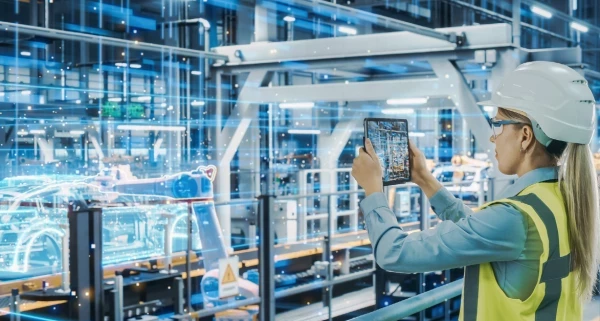ACE the steps to change
Add bookmark
A colleague of mine has a passion for baking. Every time she lets us taste the wonderful pies she bakes, I am always impressed by the level of perfection she has brought in her last cookery masterpiece. Since starting as a novice, she has been consistently perfecting her baking skills. It is her passion, which naturally explains her commitment to enhance her skills and continuously improve what she bakes.
For any organization it would be pie-in-the-sky to think all employees as passionate who continuously improve and innovate what they do. The reality isn’t quite the exact opposite as all companies do have some employees who are innovative. Still organizations find it difficult to sustain the culture of innovation or continuous improvement.
An innovative culture driven by motivated staff is no longer an option for organizations to succeed in the current competitive environment. Over the years researchers and consultants have given considerable attention on this topic. A quick search in the internet on how to motivate employees on innovation or continuous improvement will generate more than a few hundred links. Articles, columns, surveys, tweets, blogs et al, there are so many resources. There are academic research papers that discuss motivational models for innovation or continuous improvement. If you list down the motivational steps proposed in all of these, there is a lot.
For an organization who wants to newly embrace or crank up an already waning culture of continuous improvement it might be perplexing to determine which of these steps or models are important to them. Also in an organization each employee is different. They differ in cultural backgrounds, ideologies, skill sets, education, roles & responsibilities in the organization, mindset, and various other factors. This makes the selection of steps even more complex. Another perplexing question is which of these steps have to go first and in what sequence. I think this is where we need to understand the mental thought process of the employee.
To me, their minds have to transition through three phases (A.C.E) for them to become change agents by themselves.
Acceptance: This is the phase where the employee understands and accepts that change is needed and that he or she needs to contribute to innovation or continuous improvement. This is the phase where the employee looks for answers on "why" and "what's in it for me" questions and the organization should be able to provide those. The Top Management needs to play a bigger role in this phase. Management needs to show true involvement, walk the talk, communicate openly, show consistency in approach, gain trust, create awareness and develop role models in this phase. This is the most difficult and time consuming phase. This phase is so important that organizations should not skip or spend less time in this phase.
Confidence: Once a need for change is accepted the employee will still be hesitant to jump into it. The employee may lack self-confidence to contribute to change. Lack of confidence can be due to lack of skills or knowledge, or lack of experience. Open communication, assessing skills, developing competencies, delivering information and training, providing encouragement, allowing room for experimentation and mistakes, creating a harmonious work environment, giving autonomy, sharing positive feedback are some steps that will help in this phase. This is the phase where middle management needs to play a bigger role since coaching and mentoring is heavily involved.
Experience: Here experience means true experience and this is the phase where the employee truly sense or feel the changes happening across the organization. This is the phase where the employee sees the environment change, sees ideas flow and improvements happen. They get inspired by this and continue to contribute. An employee who has not gone through the first two phases will always choose to ignore or turn away from the changes happening and will not truly experience it. Keeping the innovation or continuous improvement culture alive, open communication, challenging the status quo, system for employee feedback, close monitoring of innovation or continuous improvement projects, establishing prompts to highlight problems, providing resources for innovation or continuous improvement, sharing of innovation or continuous improvement ideas and projects, network sessions, incentive schemes are some steps that will help in this phase. Here the change management or continuous improvement Team needs to play a bigger role since the focus is on spreading the message of innovation or continuous improvement and creating an environment where the employees can feel the change.
For an organization with diverse set of employees with different innovative mindsets, viz. early innovators, majority and resistors, each set of them may transition through these phases at different pace. First, efforts need to be put to understand employees’ mindset to see where they stand with respect to the first two phases. Then by targeted approach, steps need to be articulated to bring the set of employees in the first two phases through to the final phase.
Rather than blindly copying all the steps that other organizations have done, approaching the goal of a cultural change in the way explained above will help organizations to easily attain and sustain the culture of continuous improvement. It is better than having one`s finger in too many pies.
[eventpdf]























